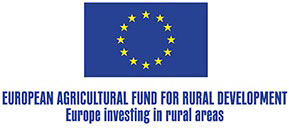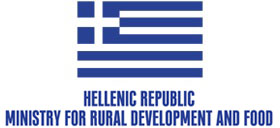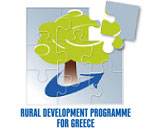
Up to 48% increase in the production of ‘Thessaloniki’ variety Greek tomatoes with the use of biostimulants
Biostimulants are proving to be a shield for plant organisms, based on more and more scientific data. The application of specific biostimulants, in the context of the pilot project of the ‘VIO-PROSARMOGI’ Operational Team of Measure 16, is tangible proof of the significant benefits their use can bring to producers and the environment, both in terms of plant nutrition and productivity, and rational input use.
Specifically, Georgia Datsi, Associate Professor at the Laboratory of Vegetable Production of the Agricultural University of Athens, applies innovative biostimulants in tomato cultivation through the Operational Team. Scientific research that emerged from practical experiments proved that the use of biostimulants in tomato production can produce up to a 48% increase in production for the ‘Thessaloniki’ traditional Greek variety when cultivated under high salinity conditions.
Salinity is damaging – It leads to quality degradation
As noted by the researchers (Theodora Danase, Ioannis Karavidas, Konstantinos A. Aliferis, Georgia Datsi), salinity can obstruct the normal development of vegetable production, leading to losses in production and a reduction in fruit size. The accumulation of sodium and chlorine in plant tissues and the soil are the main damaging effects of salinity. More specifically, it has been observed that “Approximately 7% of the irrigated land and up to 33% of the world’s agricultural land, suffer the harmful effects of salt accumulation resulting from excessive use of fertilisers and crop intensification management practices combined with a lack of irrigation water”.
Tomatoes are a very productive crop, especially in Southern Europe, covering an area of 200,000 hectares. However, they are not very resistant to salinity, resulting in the new conditions arising due to climate change also leading to plant productivity degradation.
Traditional tomato varieties are considered valuable genetic material for increased resistance to stress, adaptability to low-input farming systems, and fruit quality. However, modern varieties demonstrate higher productivity. “A possible sustainable approach to increasing production of traditional varieties includes the application of biostimulants,” the researchers noted.
Taking these data into account, a study was designed and implemented at the Laboratory of Vegetable Production of the Agricultural University of Athens, aimed at assessing the impact of two commercial biostimulant formulations on the response of two traditional Greek tomato varieties (‘Tomataki’ and ‘Thessaloniki’) to moderate salinity stress caused by a 30 mM NaCl concentration in the rhizosphere. The biostimulants were applied one week after transplanting, and, subsequently, every 15 days, until cultivation was complete.

The positive effects of the biostimulants studied
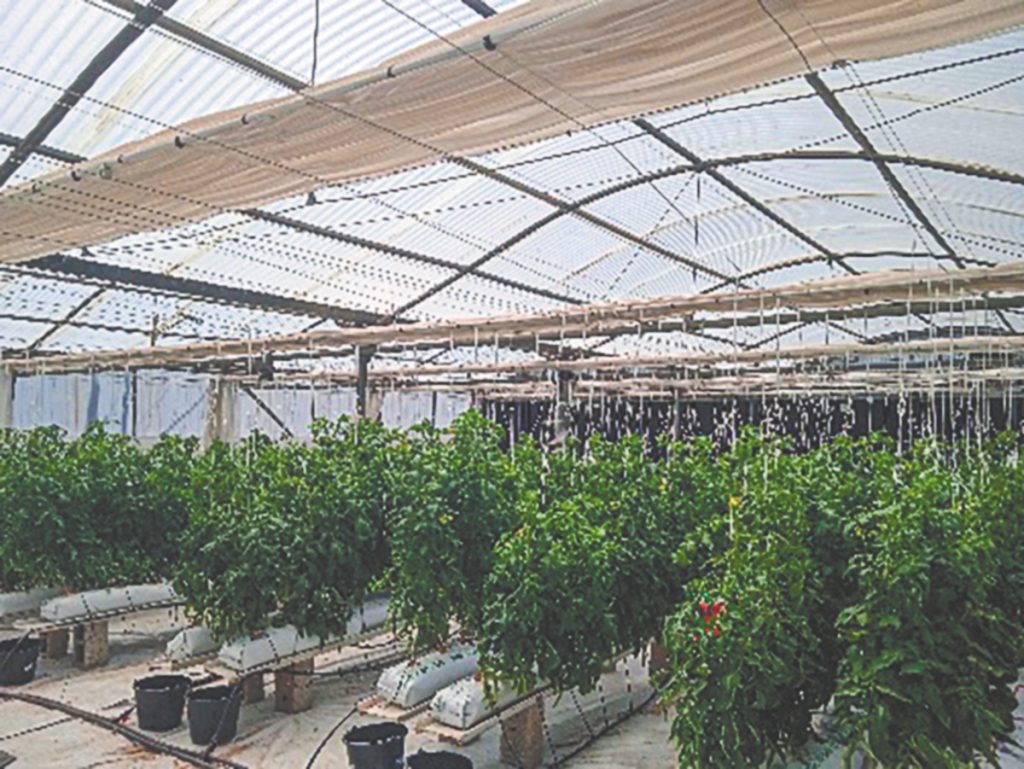
The first biostimulant, with the trade name ‘Algastar®’ (Mugavero fertilizers, Termini Imerese, Italy), is an extraction of Ascophyllum nodosum seaweed. The second biostimulant, with the trade name ‘Nitrostim®’ (Humofert SA, Athens, Greece), is a microbial solution that contains nitrogen-fixing endophyte bacteria (PGPR) in a population of 1×1012 cfu L-1. To prepare the biostimulant solution, ‘Algastar®’ and ‘Nitrostim®’ were diluted as follows: 2ml L-1 and 5ml L-1 water, respectively.
As the results showed, there were significant positive effects, however, researchers pointed out that the various varieties of tomatoes and the various fruit sizes respond differently to saline stress. As far as ‘Tomataki’ is concerned, under salinity stress, only the application of seaweed extract A. nodosum led to increased production (23% compared to plants with no biostimulant applied). For ‘Thessaloniki’, both biostimulants significantly increased production under the stress applied, compared to plants without the application of stimulants, watered with a NaCl nutritional solution (34% for A. nodosum and 48% for PGPR, respectively). Moreover, the application of A. nodosum appeared to increase the diameter of the fruits and the total soluble solids (°Brix), while the application of PGPR is related to the improvement of the consistency of the fruits and the higher iron concentration of the plants that were stressed by salinity.
Description automatically generated
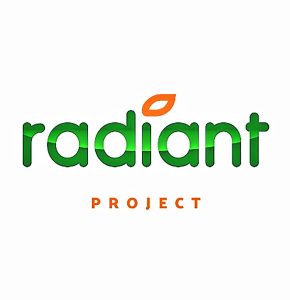
This research was carried out in the framework of the ‘RADIANT: Realising Dynamic Value Chains for Underutilised Crops’ (www.radiantproject.eu) European Research Project, headed by Dr Georgia Datsi, Associate Professor at the University of AUA. This project was supported by the EC and was funded by the ‘Horizon 2020’ EU research and innovation programme. So, this research is immediately followed by the pilot application of biostimulants in the greenhouses of producers in Tybaki and Ierapetra, Crete. This partnership is provided by Measure 16 and Sub-measure 16.1-16.5, which aims to promote actions that demonstrate respect for environmental protection and adaptation to climate change. With the creation of the ‘VIO-PROSARMOGI’ Operational Team, a partnership between the Laboratory of Vegetable Production of AUA, GAIA EPICHEIREIN, and the Agricultural Cooperatives of Anatoli and Tybaki, the Nitrostim® microbial biostimulant from the Greek company ‘humofert’, the Tyson® protein hydrolysate biostimulant, and the Kelpstar® seaweed extract biostimulant from the Italian ‘Mugavero’ were tested in the field. Six producers with 2.1 hectares of ‘Elpida’ and ‘Lobello F1’ variety greenhouse tomatoes participated in the pilot application.
Normal cultivation practice was applied by each producer and land was used where no biostimulant had been applied, acting as the control. At the end of the growing season, the Laboratory of Vegetable Production of the AUA evaluated the productivity of plants by recording total production, the nutritional status of the plants through chemical analyses of leaves, and the quality of the product produced through fruit analyses, such as colour and acidity analyses. As the results on a producer level have now shown, there were significant positive effects on cultivation due to the use of biostimulants, however, researchers noted that further analysis per variety of study is required in order to clarify how each variety of tomato and different fruit sizes respond under various stress conditions.
